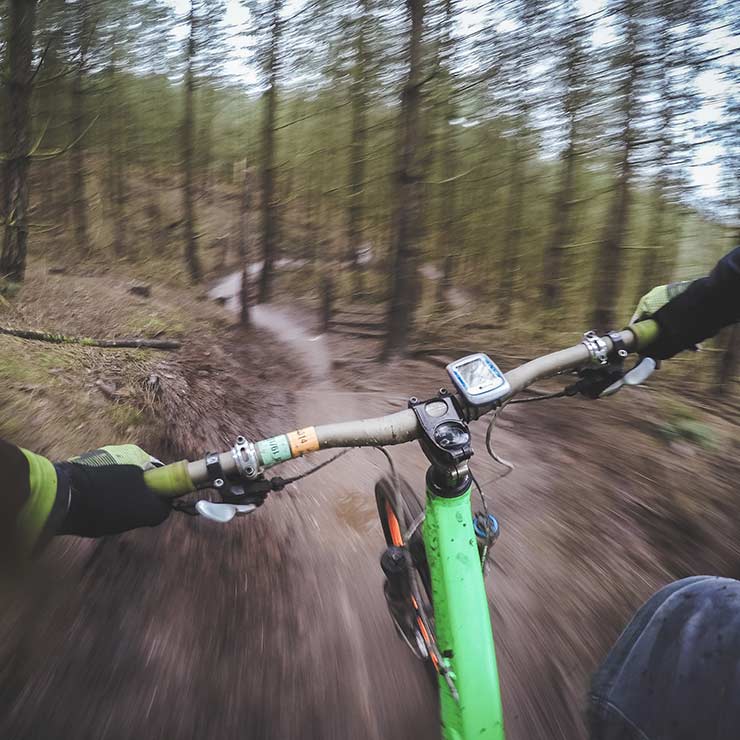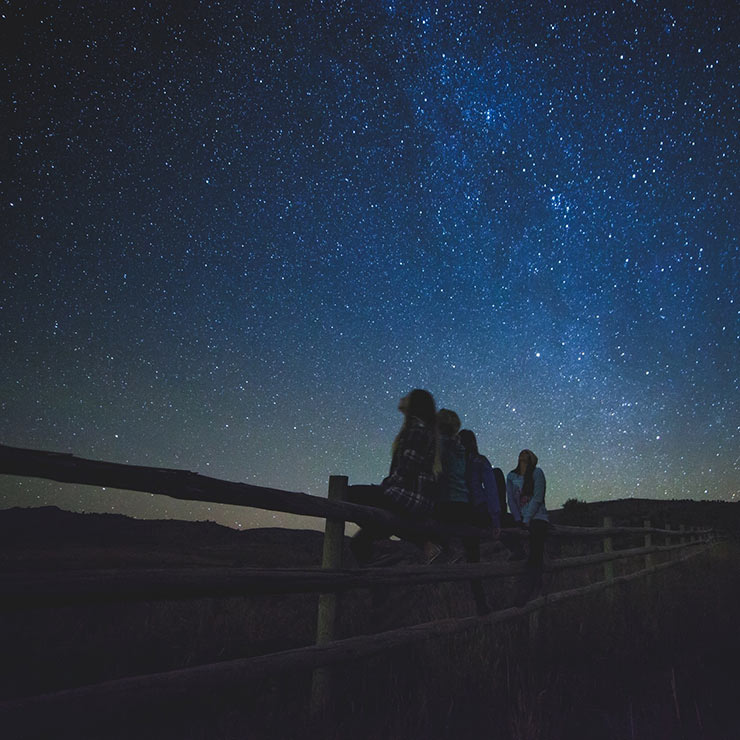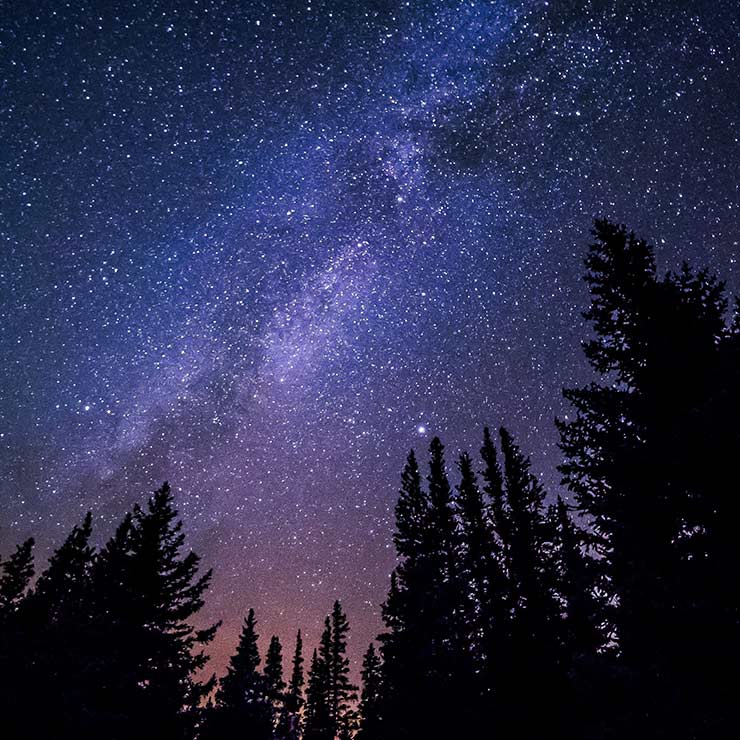Trail Running
With crisp night air and the peace of darkness, trail running at night is a whole new and exciting experience.
Running through the woods, or up a mountain or along a beach at night can be exhilarating and serene in equal measure. There is something primal about running at night through the dark wildness of nature and living to tell the tale. One the key things you’re going to have to do is be brave, everything is bigger in the dark as shadows cast from your head torch conjure tigers from tree trunks and the darkness turns wind into packs of howling wolves. Whilst you run you will you learn to balance your heightened senses with the darker illuminations of your imagination, so be aware of your surroundings, but stay calm and in control.
Before you set off consider carefully if where you plan to run is the right place for a run. If the path is very steep, slippery, narrow, next to sharp drops or on a cliff edge it isn’t the place to be running, let alone running at night.
Although part of the thrill is the darkness, it’s important to both be seen by other potential trail or road users as well as being able to see where you are going. Headlamps are better than torches as they keep your hands free to run balanced and smoothly, but also keep them free to get out maps and refreshments. It can be easy to get lost in the dark especially as the cover of darkness can make landmarks impossible to see, so use your ears and let the nighttime sounds guide you – a valley stream on a map may be impossible to see but your ears will be able to pick up its burble.
Know your route
Everything looks different at night in the eerie silhouettes of the landscape. It is easy to become confused, disoriented, and lost in the dark. Keep to a trail or path you know well, or one that is clearly marked, even in the dark. Getting lost outside in the countryside at night means that you may end up running a lot further than you planned and therefore get tired, cold, hungry and therefore more likely to make further mistakes. Getting lost can also impact upon others who may after you don’t return on time go out to look for you or even call the emergency services. Explore and get to know new trails in the day and run trails you then know at night! Or go running with a group or partner who knows the route well. Make sure you tell someone when and where you are going, and give them a shout when you return so that if something does happen they know to sound the alarm.
Clothing and Weather
Getting cold is horrible, and temperatures drop very quickly at night. Layer clothing appropriately and take a light waterproof, that is both useful to keep you dry but will also to keep the wind out an your body heat in if needs be. Check the weather forecast before you go, and remember that weather can change very quickly specially at height. Fog and mist can creep quickly into the night air reducing visibility and as well as being disorientating can get you chilly and drain your energy.
Watch Your Step
Light cast from a single source creates shadows, so shapes that may be familiar in the day may become mysteries in the dark. Holes, tree roots and steps on in the path may be hidden and surfaces can become deceiving. To avoid stumbling on rough ground, pick up your feet a little more than normal. When running you may come upon changes to the terrain fast, be aware of sudden drops, changes to the path underfoot that may make it slippery or uneven. You’re more likely to trip over a small root you did not see rather than a huge log, so slow down and appreciate the experience rather than trying to break any personal bests!
You may also be interested in...

Mountain Biking
Experience a whole new adventure in the dark. This is when tracks and paths offer new challenges, as moon beams light your way.

Night and Twilight Walks
Be tempted into the dark by moon beams and starlight, grab your coat and put a toe into the into the twilight zone

Camping Under the Stars
Find a campsite tucked away in the countryside far from the bright city lights, and embrace the wonder of the dark.
